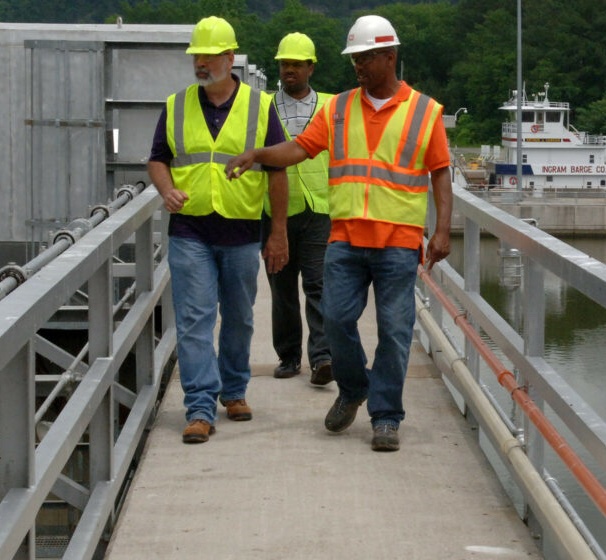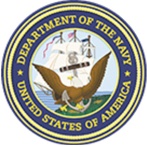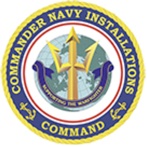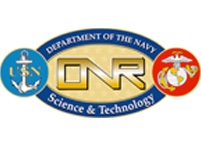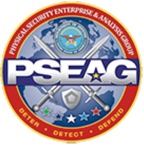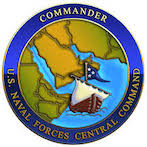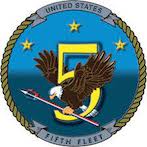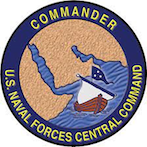August 25, 2010 – Naval Systems
HALO Maritime Defense Systems (HMDS) is developing the most state-of-the-art, technology-advanced Maritime Security Barrier Systems to protect strategic maritime assets like ports, naval bases, oil and gas facilities and other commercial and sensitive maritime assets. Ocean-ready and formidable, HALO™ is not a line of demarcation but rather a stable deterrent that effectively denies access to vital maritime assets. Combined with Visual Deterrents, Surveillance & Imaging Systems, Non-Lethal Deterrents, and Remote Weapons Systems, HMDS offers for the first time an elegant and yet highly effective solution to the extraordinarily complex problem of maritime security.
THE NEED
Tens of billions of dollars have been spent on global security. Much of this has been spent on the landside. Whereas before 9/11 one could gain nearly unfettered access to government buildings, airports and other transportation facilities and military installations, we now find and even expect to see barriers and barbed-wire fences, restricted zones and airspace, gates and long security lines, bag checks, body searches, new technologies like face recognition cameras and bomb detection systems, fingerprint scanners, all kinds of land and aerial surveillance and even armed guards and military weapons systems. Approaching a secure facility like a naval base or oil refinery from the landside presents the potential intruder with layers upon layers of security: physical, electronic and deadly.
Not so, the waterside.
Since the bombing of USS Cole on October 12, 2000, in the Yemeni port of Aden, the maritime environment, like every aspect of our lives it seems, has become more dangerous. In the case of the Cole, terrorists, hiding behind the facade of friendship, took advantage of the United States’ policy of restraint to gain close proximity to a ship only to detonate their small craft, inflicting a 40 by 60 foot hole in the hull of the ship and killing 17 sailors and injuring 39 others in the process. There have been other episodes of violence at sea by small craft and these are on an upswing:
- October 6, 2002. Yemen, the oil tanker Limburg is rammed by an explosives-laden dinghy;
- October 18, 2006. Sri Lanka, suicide bombers detonate two boats packed with explosives near an important southern tourist and port town;
- January 7, 2008. Persian Gulf, Iranian speedboats buzz three US warships in the strategically important Strait of Hormuz;
- April 25, 2008. Persian Gulf, US-contracted cargo ship fires warning shots at two approaching speedboats;
- June 19, 2008. In one of the boldest and most important attacks since the Cole, militants aboard three boats traveled 120 km across the Niger Delta to attack Shell’s $3.6B “Bonga” oil platform, disrupting the flow of an estimated 1.5 million barrels of oil;
- November 26, 2008. Attackers entered Mumbai via the waterfront, killing 179 people, including 22 foreigners;
- January 10, 2010. Western intelligence warned energy-rich Gulf states that al-Qaeda is on the verge of launching attacks mainly on ships.
MARITIME BARRIER
Small craft have become al-Qaeda’s and other terrorist organization’s weapon of choice. In another recent incident, a number of Iraqi men on a boat illegally entered Kuwaiti territorial waters and gained access into the ”no trespassing” zone of Shuaiba Port. So, while there are certainly defense systems employed on the waterside, including costly and manpower-intensive radar, CCTV and warships, they are clearly not sufficient at keeping out highly maneuverable and in most cases, indistinguishable, small boats with ill-intent.
The HALO™ maritime barrier provides just such protection. The HALO™ Barrier is a unique and effective product specifically engineered to protect waterside assets. It is passive, durable, low-maintenance, easily installed, highly customizable in accordance with the expected threat, and capable of countering multi-vessel attacks.
Like the formidable defenses we see routinely on the landside, it is imperative in today’s world that we apply the same level of restricted access on the waterside.
COMPETITIVE ADVANTAGE
The company has 3 US patents issued, 4 US patents pending, and 2 international patents pending. Just as importantly, however, we have completed two years of extensive computer analysis of the HALO™ Maritime Barrier System by world-renowned engineering firms, AMOG Consulting of Australia and Houston, Texas, and Weidlinger Associates of New York. (Weidlinger performed the structural analysis of USS Cole and the collapse of the World Trade Centers.) Using proven algorithms, both organizations have concluded that the HALO™ system is sea-worthy, will stay on station in up to Sea State 5 (a hundred year storm) and is capable of absorbing substantial force from single or multiple impacts. This is a key point of differentiation between the HALO™ solution and competitive “floating fence” solutions – no one has undertaken the kind of rigorous and thorough analysis in exposed ocean conditions or taken the holistic approach utilizing proven maritime materials (plastics and composites) working in concert with the water. The HALO™ Barrier is specifically designed and tested as a boat barrier for deployment around critical maritime assets. Importantly, the barrier’s design allows for unprecedented waterside deployment of surveillance and deterrent technologies away from the asset being protected.
